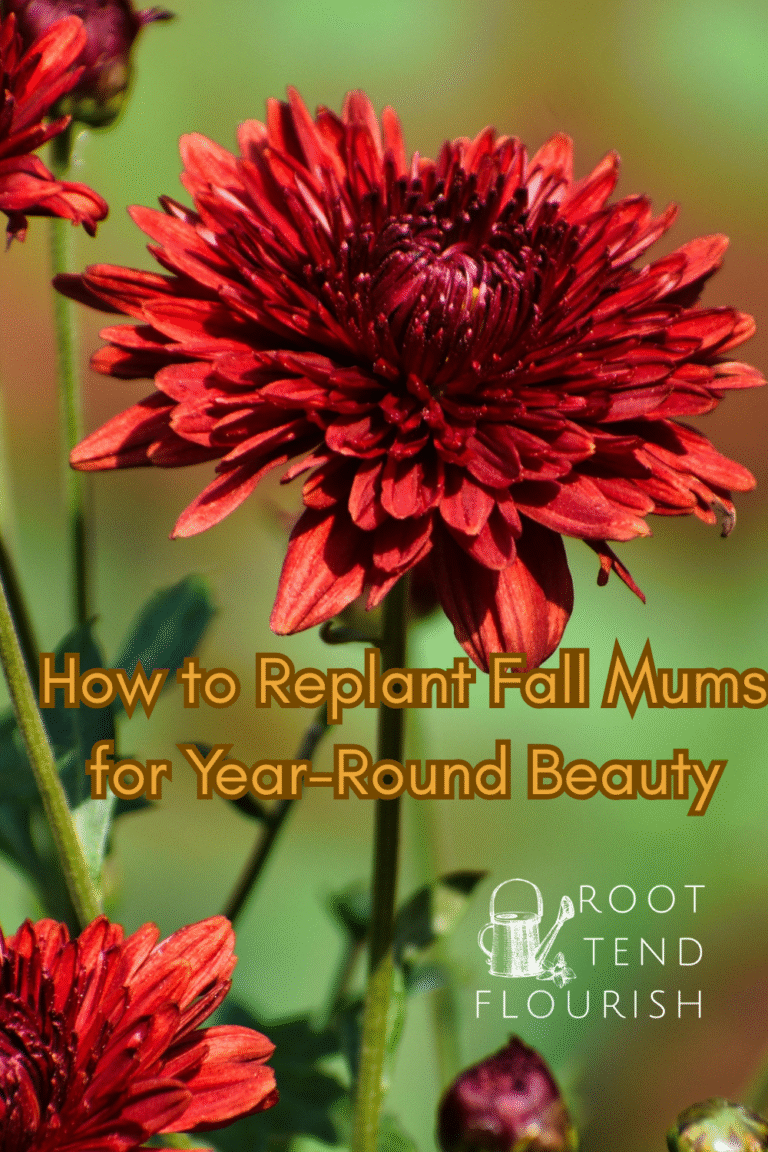Part 3: How to Choose the Right Garden Plants
How to Plan a Garden for Beginners Part 3
Welcome back to our garden planning series! So far, we’ve tackled some key questions to help you plan your garden successfully. Last week, we dove into the important topic of “Siting a Garden,”. This week, we’re diving into one of the most exciting parts of the process—choosing the right garden plants! If you missed any of our previous posts, be sure to catch up by checking them out below!
- Part 1: Questions to consider when planning a garden for beginners
- Part 2: Siting the Garden
- Part 3: How to Choose the Right Garden Plants
- Part 4: What You Need for Basic Gardening Supplies
Now that you have your garden location identified, you get to choose your plants (the fun part!). The variety of plants out there may be inspiring to some and overwhelming to others. The good news is that certain constraints in your growing space will naturally limit the types of plants that will grow well. The type of garden you want to grow will also narrow down your plant options. There’s three major points to consider with this step that will give you a good launching off point. Let’s get into it!
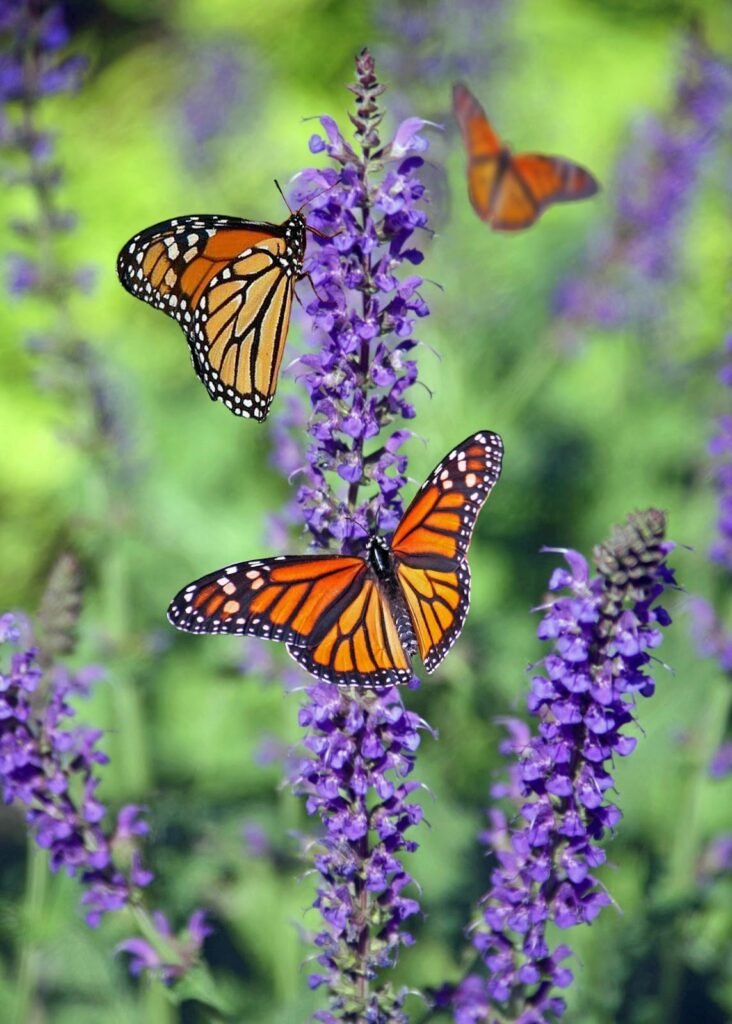
Sun vs Shade
We’ve already talked about the importance of noting what type of light you have in part 2. Choosing the right garden plants is largely based on that. If you have 6 or more hours of direct sunlight you have many options to choose from and can easily grow anything marked “full sun”. A plant marked “part sun” means they can tolerate a little bit of shade or may even benefit from it in the hottest part of the day (I’m looking at you lettuce).
If a tag says “shade” it means that the plant cannot handle direct sun. If you’re planting in an area that is fully shaded you’ll want to select plants that can grow in those conditions. Surprisingly some edibles grow in part shade. So if you’re interested in growing your own food but don’t have a lot of sun, keep some of these options in mind.
- Herbs: parsley, mint, cilantro, dill, lemon verbena, tarragon, chamomile, and catnip.
- Tender Greens: lettuce, spinach, arugula, kale, mustard greens, and Swiss chard.
- Root Crops: radishes, beets, carrots, parsnips, turnips, and scallions.
- Other: Bok choy, Brussel sprouts, kohlrabi, peas, and rhubarb.
- Fruit Shrubs: currants, gooseberry, and elderberry.
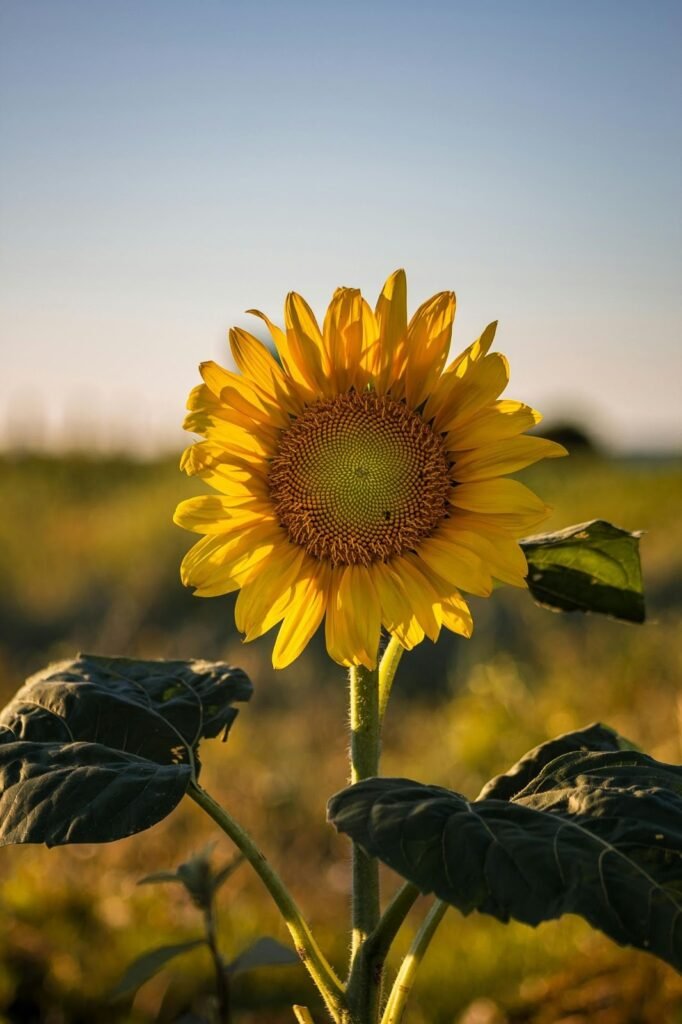
Edible vs Ornamental
Choosing Right: Edible Plants
Often people pick plants purely for the edible part they produce over a season (think vegetables, herbs, and fruiting trees and shrubs). Do you want a space that’s purely for growing food? If so, it may look fairly empty in the off season. When choosing edible plants, grow what you’ll actually eat! While certain plants do grow easier than others or look beautiful, look beyond that.
Think about what is realistic for you to grow if your goal is to actually harvest, cook with and eat those plants. Don’t be afraid to both start small and try new things. But if you know that you hate radishes, don’t plant a whole section of your spring garden with them, even though they’re so easy to grow. Save that space for something else that you’ll actually eat.
Choosing Right: Ornamental Plants
Some people grow plants purely because they’re beautiful to look at and offer seasonal interest (that’s what the term “ornamental” means in the garden world). People often choose these plants for the beautiful shape, color, or scent. However, many plants have additional benefits. These can include use as cut flowers, wildlife and pollinator habitat, pest management, privacy, or windbreaks.
Or consider if you want a combination of plants that offer some of the benefits listed above. You can easily integrate some edible plants into a flower garden or a front landscape. It doesn’t always have to separate.
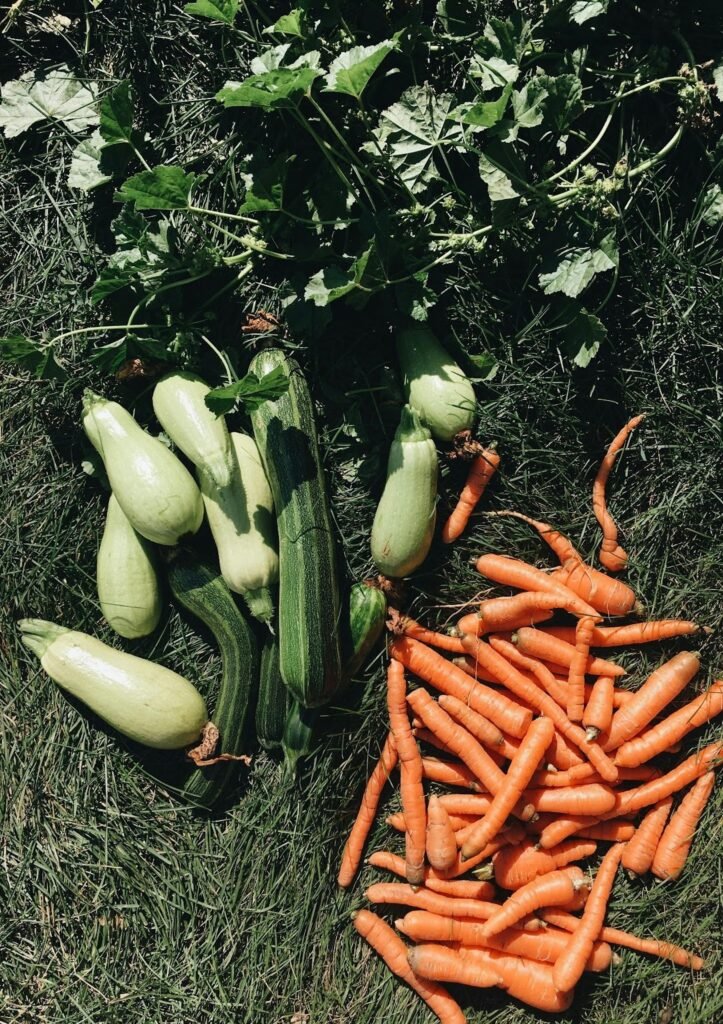
Annual vs Perennial
Choosing the Right Garden Annuals
Knowing whether your plant is a one hit wonder or repeat offender is an important part of gardening. Annuals by definition complete their life cycle in one season. While they may reappear the following year in the same place, that is due to them naturally dropping their seeds on the soil at the end of their life cycle, not because the same plant survived the winter. Many traditional edible crops are annual by nature and will need to be replanted each spring.
Choosing the Right Garden Perennials
Perennial plants return season after season so long as they’re planted in a zone where they can withstand the cold and heat extremes. Knowing your growing hardiness zone is an important part of making informed decisions when choosing plants. Perennials go beyond flowers and include many edibles such as asparagus, artichokes, rhubarb, chives and many herbs. Perennial plants not only return year after year but can also be divided to create more plants.
Overtime, a plant develops a robust root system below the soil. Usually after three or four seasons, you can divide a perennial into halves, thirds or even more to create multiple smaller plants. You can replant these and they will grow into mature plants over a few seasons. Easy to divide perennials include coneflower, shasta daisy, daylily, catmint, and astilbe.
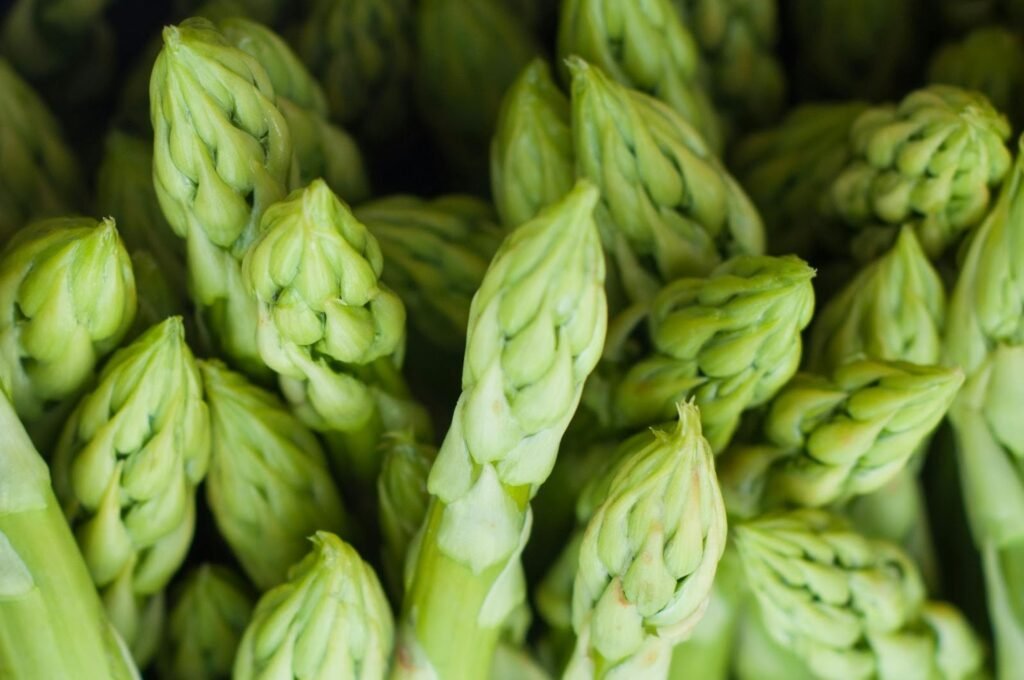
Now that you’ve thought through what plants may work best in your garden, you’re in the home stretch. Don’t be afraid to call around to local garden centers to see what plants they have in stock, especially if there are particular ones you’re hoping to find. The earlier in the spring you can source them the better. There are certain times of year that garden centers are buzzing with activity, and spring is one of them.
Get your plants early and while you can! Once you have them home, simply keep them in part sun and well-watered until you get them planted. Join us next time to go over our final steps in planning a garden for beginners. We’ll talk about the basic supplies you’ll need to make your garden go from a dream to reality.





